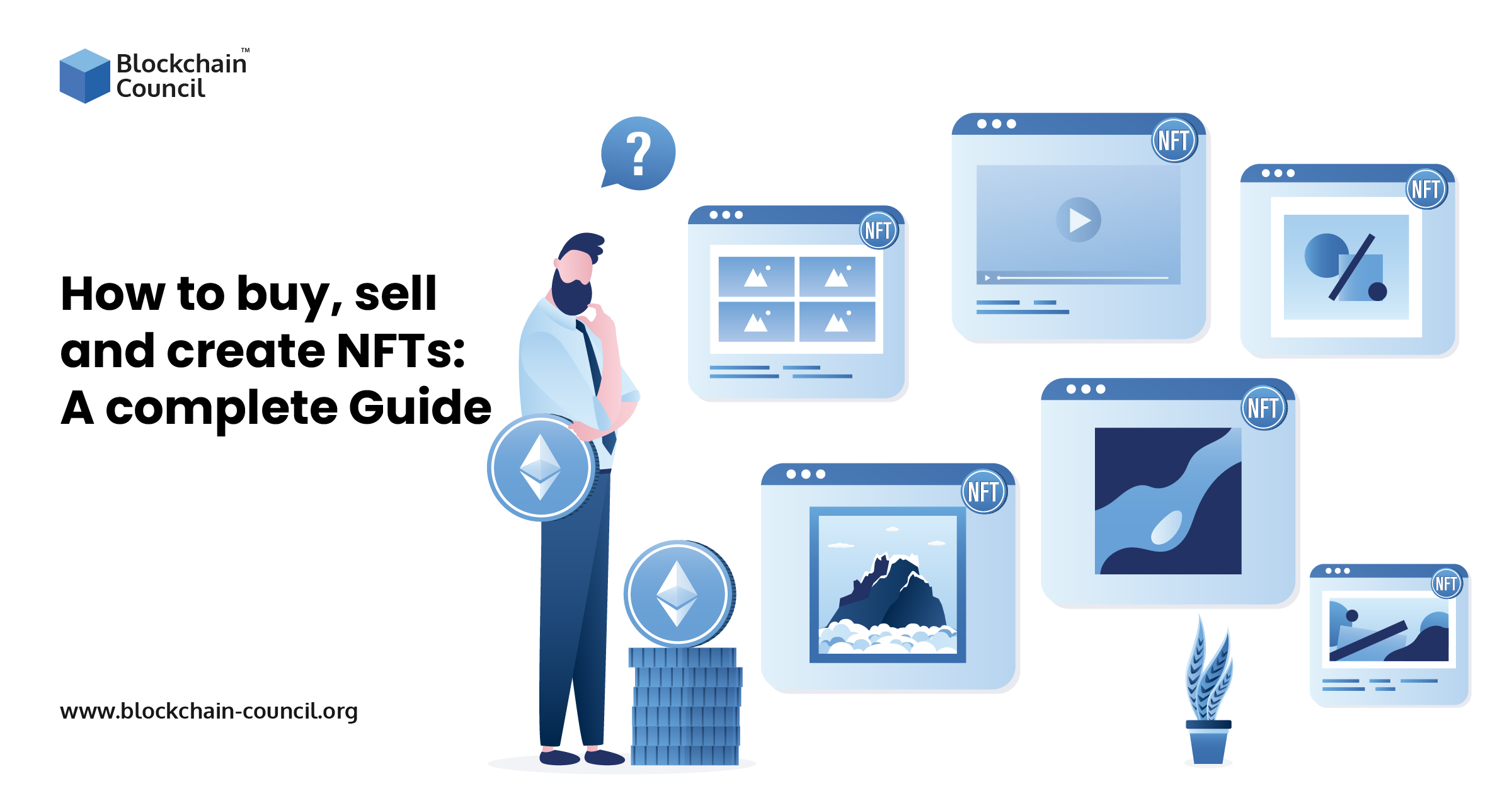
- Ayushi Abrol
- September 16, 2022
A Non-Fungible Token (NFT) is a blockchain cryptographic asset that represents an intangible and one-of-a-kind digital item such as a piece of artwork, an image, an in-game reward, or a tweet that other assets cannot substitute due to its unique properties. Each NFT is one-of-a-kind, limited-edition, and non-transferable; it can be used as proof of authenticity and ownership.
Metadata and unique identifiers, such as barcodes, separate NFTs from one another. The content which forms up the asset is called metadata. Users can buy and sell goods based on their metadata instead of the real object, thanks to metadata.
Colored coins were the prototypes for NFTs, which were experimental assets developed on the Bitcoin network in 2012. The first asset reflecting a non-fungible marketable blockchain marker was produced in 2014 as part of the Seven on Seven conferences at the New Museum in New York City.
NFTs are designed to mimic tangible characteristics of actual goods such as rarity, scarcity, and evidence of ownership. On the other hand, Fungible products are switchable because their value defines them, not their distinctive characteristics. Digital products, on the other hand, are only valid when utilized in conjunction with their physical counterparts.
While NFT arts and digital collectibles continue to attract the most attention in the crypto industry, their applications are becoming more diverse. It is also possible to combine the benefits of NFT technology with decentralized financial (DeFi) capabilities. Non-fungible tokens, for example, can be borrowed and lent, and they can even be used as loan collateral.
“Minting” in NFT is the act of establishing a new token on the Blockchain. This is a link to a bit of data you’ve written. When artists mint new NFT crypto art, it is customary for them to incorporate a percentage of commission.
Anyone who wants to share and sell their digital works of music, art, or photography can create NFTs. This is a step-by-step guide to joining the non-fungible token bandwagon.
Minting and Creating NFTs
Rarity determines the worth of NFTs’. Users may want to produce multiple replicas of their creations under specific conditions. If you’re selling a collectible, for example, you might offer multiple variants, some of which are unique than others. In this case, you must decide how many identical copies of a given NFT you will put in the blockchain, as this number will be fixed and your NFTs will be impervious to modifications once they are generated.
The production of a non-fungible token is known as minting. It is a process of transforming a digital asset into a blockchain asset. NFTs are minted after they are created, similar to how metal coins are created and circulated. However, the procedure makes the digital items tamper-proof, more secure, and difficult to modify. It can then be purchased and traded and digitally recorded when resold or collected in the future because it represents a non-fungible token.
How to create an NFT?
To establish an NFT crypto art, you don’t need to be an expert in cryptography. You’ll need a crypto wallet to get started, though. In this part, you’ll be able to create an NFT marketplace and link your Wallet. NFTically directs you on how to create NFT before selling it.
Create a wallet first.
You must first create a digital wallet to keep the cryptocurrency. It buys, sells, and makes NFTs. You can use the Wallet to access NFT crypto art markets as well.
Aside from that, a plethora of websites provide free bitcoin wallets. Compatibility with major NFT marketplaces and blockchain applications is guaranteed with the solutions listed below.
Connect your wallet to the NFT exchange
Now that you’ve set up your wallet, it’s time to create a marketplace. Where would you rather build an NFT and sell your work? NFTically is a good place to start if you’re new to NFTs because it is the easiest to set up of all the sites.
- Creating a username and password
- To connect your wallet, go to the Connect icon on the home page. Choose from a variety of NFT wallets.
- Wallet link is a feature of various wallets. Click.
To see if the wallet you want to use is compatible with different types of connections. Then, finally, go over each one thoroughly.
You must complete the instructions below following your wallet decision — they are the same regardless of which wallet you use.
- The screen will display a QR code after you select your connection. Scan this code with your wallet app.
- Accept that you want to link your wallet to NFT Marketplace after scanning the code.
Any purchases made via your wallet app will always require confirmation for safety considerations. When you link your wallet, it generates an account for you. Then all you have to do is press a few buttons to make, mint, and sell your first NFT.
How much do NFTs cost to produce?
While making NFTs on platforms like OpenSea is free, other platforms charge a fee. This cost is referred to as “gas” on Ethereum-based platforms. The amount of ether required to accomplish a certain activity on the blockchain – in this case, introducing a new NFT to the market – is known as Ethereum gas. The price of gas varies according to network congestion. The greater the number of users transmitting value over the network at any given time, the higher the cost of gas.
Ethereum gas fees are much lower on average on weekends when fewer individuals are transferring value on the network. So, if you’re selling many NFTs, this can help you save money.
How to Purchase NFTs?
Before you rush out to acquire NFTs, there are four things you should think about first:
- What market are you planning to acquire the NFTs from?
- Which wallet? To log in to the platform and buy NFTs, you’ll need to download a wallet.
- Which coin do you need to fund the wallet with to finish the sale?
- Are the NFTs you want to buy available for a limited time, such as in a pack or as part of an art drop?
As you can presumably figure at this point, certain NFTs are just accessible on specific platforms. For example, to buy NBA Top Shot packs, you’ll need an NBA Top Shot account, a Dapper wallet, and either the USDC stablecoin or a compatible fiat currency. You will likewise need to hang tight for one of the card pack drops to be declared and try your luck in attempting to get them before they sell out.
To provide limited-edition NFTs to a demanding audience, pack and art drops are growing more popular. To obtain NFTs when they arrive, users must normally sign up for an account and credit their accounts ahead of time. Pack and art drops can happen in a matter of seconds, so be prepared.
Where can you sell NFTs?
Locate your NFTs in your collection to sell them on a marketplace, and then click the ‘sell’ button to sell your NFT tokens.
After that, you’ll be taken to a price page where you can specify your sales terms. You can either fix a price or arrange an auction to sell your NFT.
- You need to go to the collection page and click the Add Item button to add an item to a collection.
- After inputting the data of the digital asset for which you wish to create an NFT, click Save. Click the “Sell” button next to the newly created item.
- Because this is the first item in the collection, you’ll have to sign and confirm four transactions in a row, as well as pay the gas fee to the blockchain you selected when you made it.
- Stamping avails your items for purchase by anyone.
- On the other hand, some platforms exclusively support the native tokens of the blockchain on which they were developed. VIV3, for instance, is a flow blockchain marketplace that solely accepts FLOW tokens.
Conclusion
Overall, learning how to manufacture, buy, and trade best NFT tokens is not difficult. Developers have built graphic user interfaces to make the process as comfortable as feasible. Having prior knowledge of cryptocurrency wallets will, of course, be quite beneficial while cryptocurrency trading.
Artists will profit from a one-time sale of their work and will continue to profit as long as NFT tokens are in circulation. It’s not difficult to convert something odd to NFT and sell it if you know how to produce it. It is simple to set up. It’s also something that anyone can do. All you need is a strong NFT marketplace, and NFTically is a wonderful place to start.
NFTically is a free and open NFT marketplace where people may purchase and sell NFTs. In just a few minutes, anybody can set up their own NFT store. A highly secure blockchain also protects them. Artists no longer have to be concerned about their work being stolen as a result of this.
With the increasing trend of NFTs, there is a surge in the demand for NFT developers. You can add extra skills in your resume by enrolling into some cryptocurrency courses available online. Blockchain Council has all that can assist you in getting started!

































































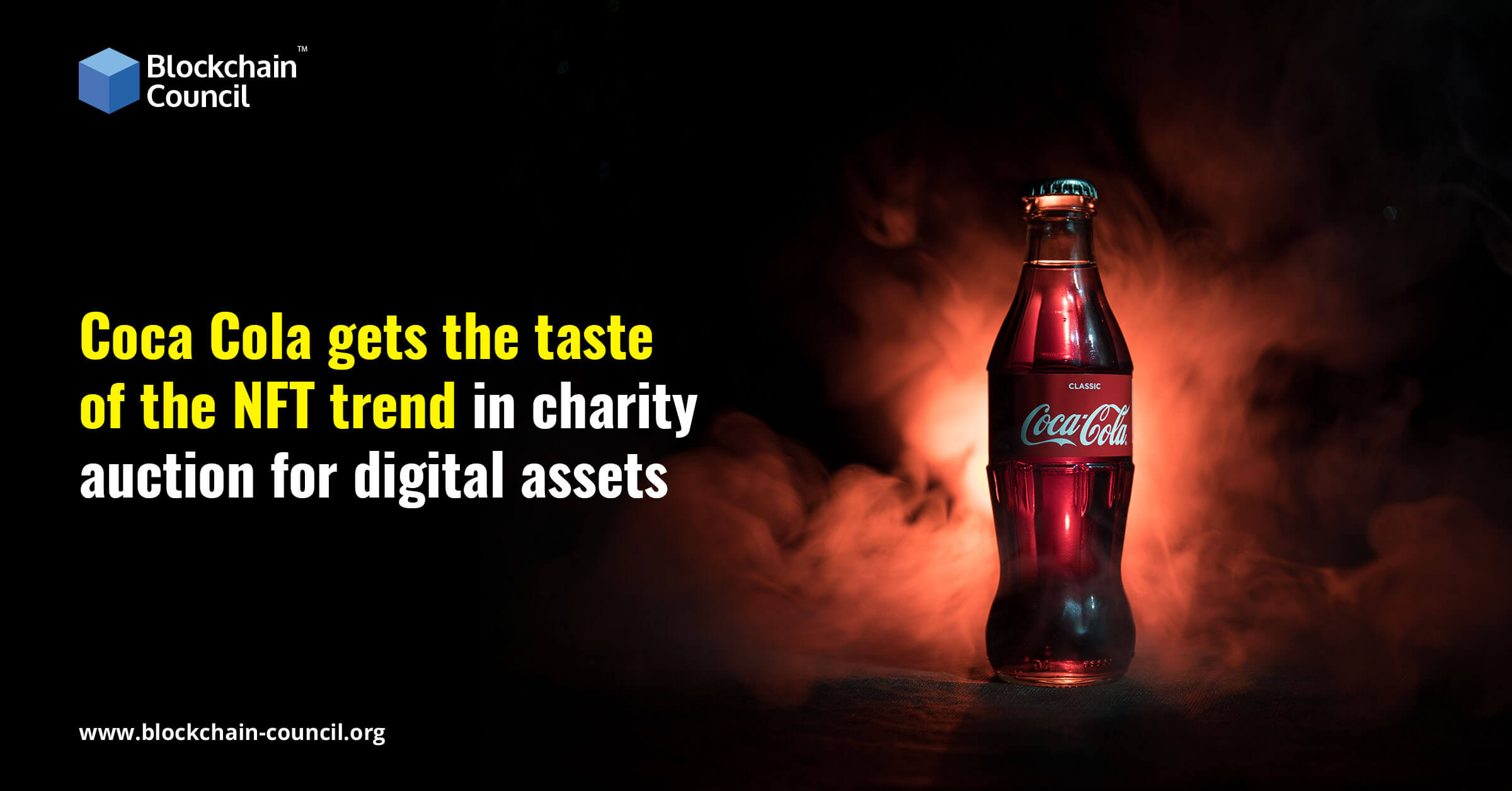
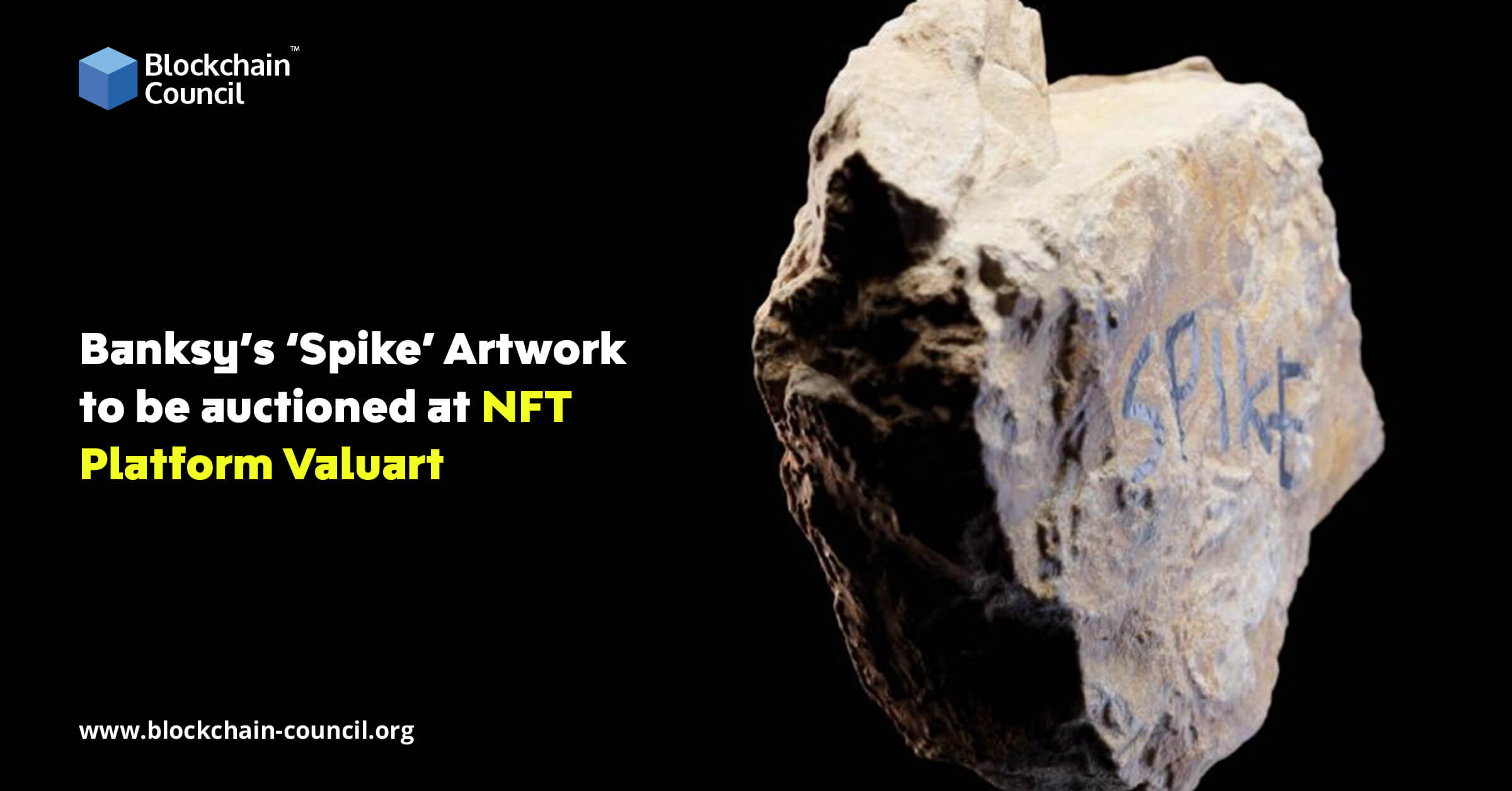
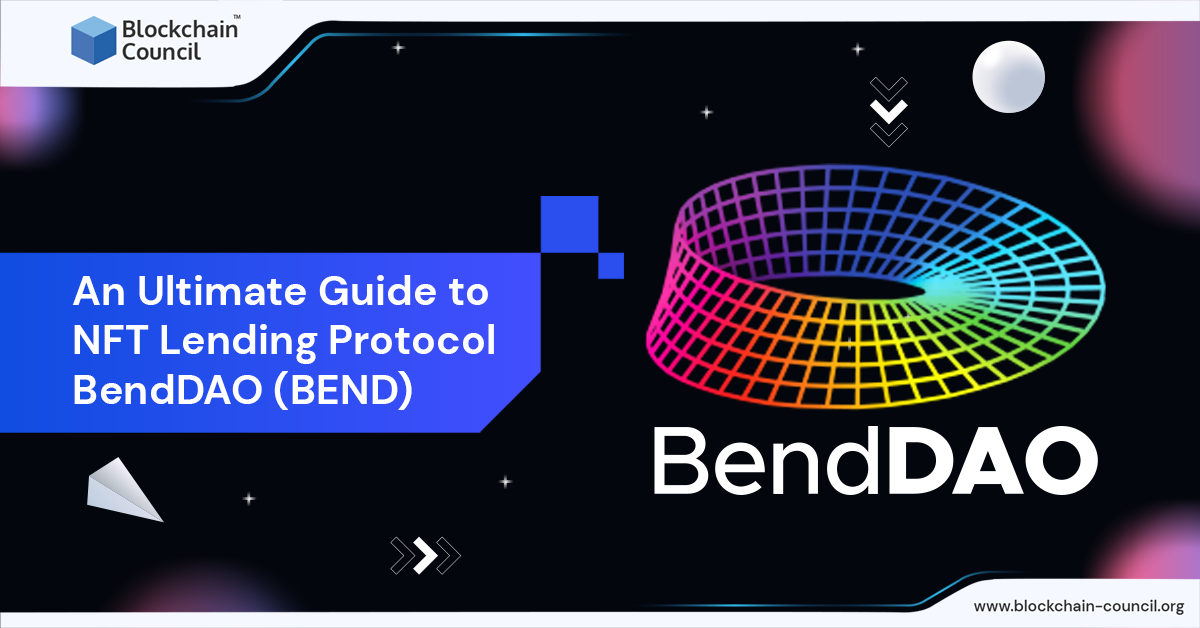
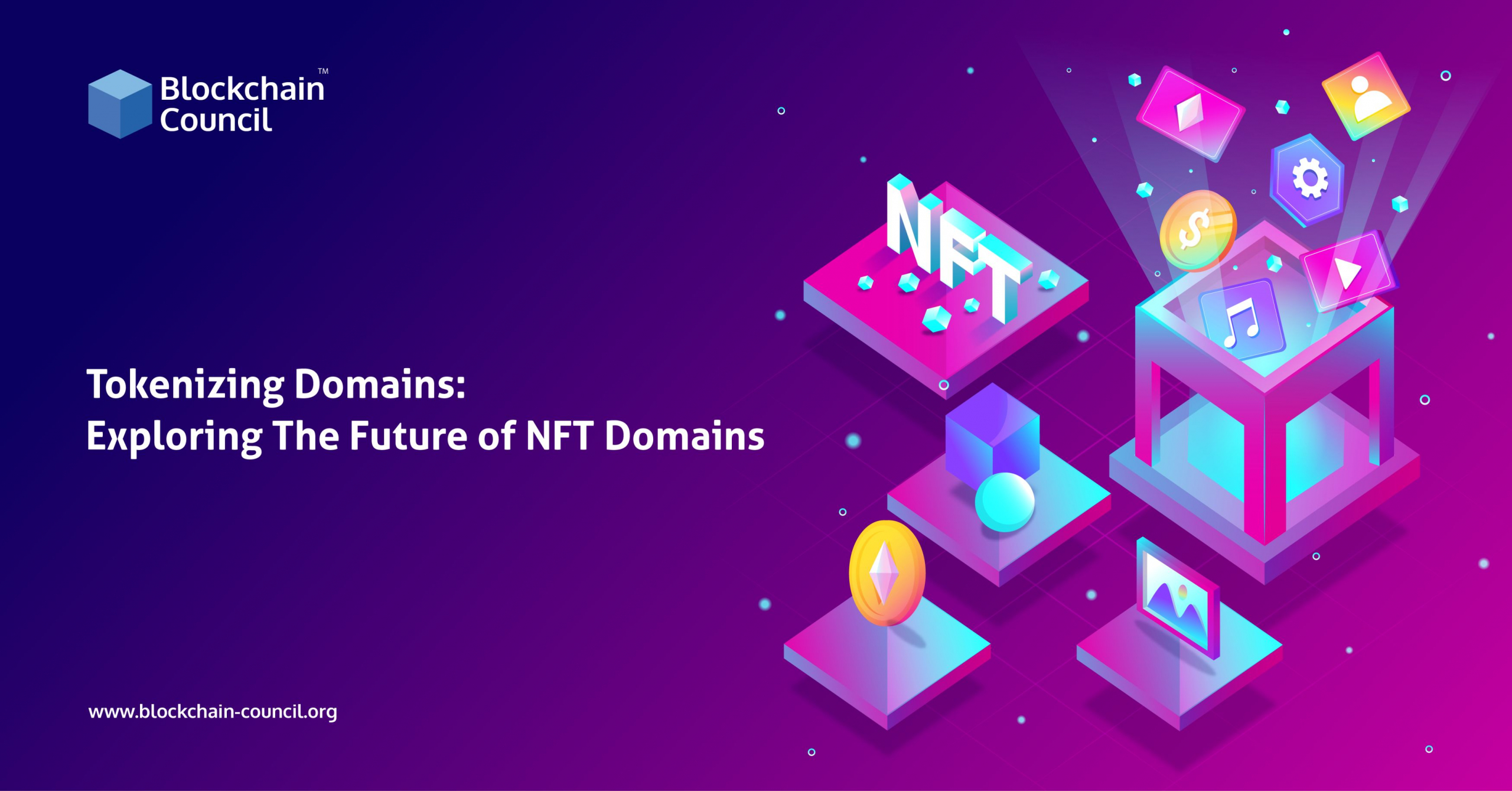
 Guides
Guides News
News Blockchain
Blockchain Cryptocurrency
& Digital Assets
Cryptocurrency
& Digital Assets Web3
Web3 Metaverse & NFTs
Metaverse & NFTs
